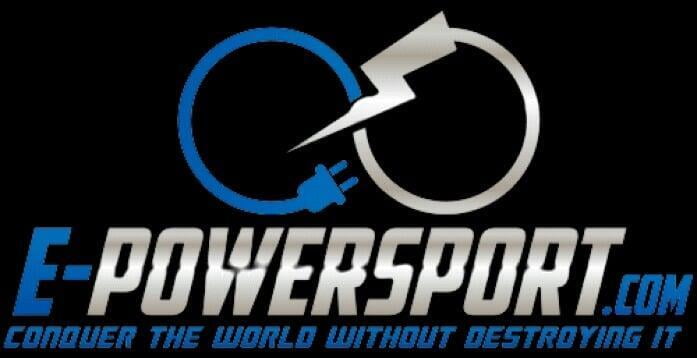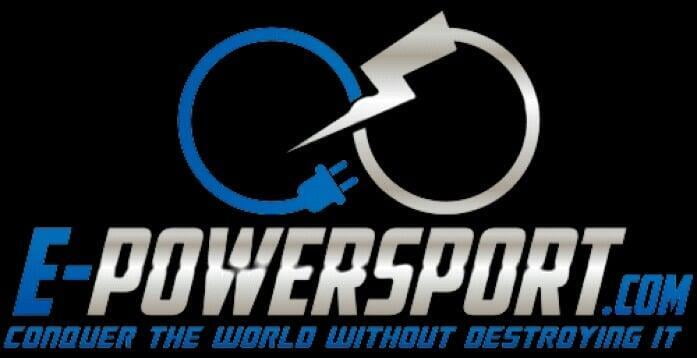Why does voltage matter when purchasing an E-bike?
We like to say that we have the best prices on the specs for the models we sell. One of those specs to keep in mind when looking for a new E-Bike is Voltage. Sure, some other companies might have a lower price than use on what looks like a similar model, but uusally it's using a lower voltage system than ours.
Why does that matter?
When it comes to Electric vehicles, E-bikes and E-Motorcycles included, voltage equals top speed. It also relates to how many Amp Hours your battery can hold overall. Which is important as Amps equal torque. We'll get into that in our next blog post. Lower voltage isn't necessarily a bad thing. It just means the lower the voltage, the lower your top speed as well as your ability to get to it. \
A Quick Breakdown of Voltage and Speed
12volts: Most electric things you encounter during your day are based on 12volt systems. When it comes to Electric mobility, a 12v system will get you close to 10mph. Not many modern day mobility systems use a 12v system. Home power back up systems are based on 12v battery systems.
24volts: The smaller, lighter foldables on the market usually use a 24volt system. These 24v systems are normally paired to lower powered motors, like a 250w-350w. They'll usually get you to 15+mph. Some kids Power rides also use a 24v system for the replica your neighbor's kid drives up and down their driveway,
36volts: This has been the sweet spot for mass market E-bikes for the last couple of years. 36v can be found paired to motors from 250w up to 500w. Don't expect too much from them on a 500w, you'll get some OK pick up going up a hill, but it'll need your help to pedal up any large hills. With a 36v system you can get as high as 25mph! OK, maybe going downhill you'll get that fast, but on a flat most people will get to 20mph regularly.
48volts: Our E-bikes start at 48volts. 48v is the current middle ground for the E-Bike industry. With 48v you can pair it to a 350w motor up to a 1500w motor! That's a big range of motors and each one adds some more torque and slight increases in speed. With each incremental increase in motor wattage you will use the power more efficiently at times and not as much at others. When it comes to speed most 48v systems will get you to 28mph. But some paired with different tires and the larger motors can get upwards of 40+mph.
52volts: Up to this point you probably thought all voltage systems had to be some factor of 12. That's not the case. Some companies opt to add a few more batteries to the pack to build it into a 52volt system. It does increase the ability of the motor to go faster and the extra voltage combined with Amps gives these systems more acceleration. There are two things to consider when looking at a system that's non-liner standard. All things attached to that system will need to be able to handle 52v. All the parts mentioned will most likely be special for that manufacturer. This could make it harder to find parts when you need to make repairs. 52volt systems should be able to get you into the 45+mph range when paired with an appropriately powered motor.
60volts: The next level, technically speaking, is 60volts, not 52volts. Not a lot of companies have adopted this standard voltage. There's some stand up scooters and electric skateboards that use this, but not a lot of E-bike or E-motorcycle companies do. Instead they've opted to go to the next level up, 72volts. With a 60v system you can expect to get up to 50+mph when paired with an appropriately powered motor.
72volts: This is where performance and distance come together. 72v systems have the ability to get up to highway and freeway speeds. They have a very high potential for high Amp flows. Again, we'll cover that in the next article, but it makes Electric Vehicles that use this voltage very ICE competitive. 72v systems can come in battery packs capable of hundreds of miles of reasonable driving. Our 72v systems are able to get from 45+mph up to 75+mph. Torque ratings on most 72v motors start in the 150nm or 110ftlbs of torque up to 300+nm or 221ftlbs.
90volts: There's some Electric Motorcycles and Electric Cars that use 90volt systems. These are high voltage, high power and can increase the Amp capacity considerably. That's why companies use them for Electric cars. The torque is enough to move a car loaded with people and get them to 50+mph. When used on a e-Motorcycle, they can go up to 100+mph.
120volts: Like the 90volt system mentioned above these are designed for high power, high torque needs. They are highly dangerous and like many of these higher powered systems, should only be worked on by trained technicians. Speeds with these systems can get into the 60+mph for cars and 120+mph for motorcycles.
We went a little farther than you'll need to consider for your Electric Transportation purchase. We want to make sure when you spend your hard earned money on new transportation that it will meet your speed expectations. There's nothing worse than purchasing one of these amazing machines only to find it's too slow or under powered. Talk about a disappointment! We recommend a 48volt system minimum with a 350w motor minimum. Not to say we won't sell a 36v/250w E-bike. If we do, it'll be priced accordingly, not the same as our 48v/350w E-bikes. If we did our job here you now know why you should pay attention to the voltage when you go to buy your next e-ride.

